Lamu or Lamu Town is a small town on Lamu Island, which in turn is a part of the Lamu Archipelago in Kenya. Situated 341 kilometres (212 mi) by road northeast of Mombasa that ends at Mokowe Jetty, from where the sea channel has to be crossed to reach Lamu Island. It is the headquarter of Lamu County and a UNESCO World Heritage Site.
The town contains the Lamu Fort on the seafront, constructed under Fumo Madi ibn Abi Bakr, the sultan of Pate, and was completed after his death in the early 1820s. Lamu is also home to 23 mosques, including the Riyadha Mosque, built in 1900, and a donkey sanctuary.
The original name of the town is Amu,[1] which the Arabs termed Al-Amu (آامو) and the Portuguese "Lamon". The Portuguese applied the name to the entire island as Amu was the chief settlement.
Lamu Town on Lamu Island is Kenya's oldest continually inhabited town, and was one of the original Swahili settlements along coastal East Africa. It is believed to have been established in 1370.[2]
Today, the majority of Lamu's population is Muslim.[3]
The town was first attested in writing by an Arab traveller Abu-al-Mahasini, who met a judge from Lamu visiting Mecca in 1441.
In 1506, the Portuguese fleet under Tristão da Cunha sent a ship to blockade Lamu, a few days later the rest of the fleet arrived forcing the king of the town to quickly concede to pay an annual tribute to them with 600 Meticals immediately.[4] The Portuguese action was prompted by the nation's successful mission to control trade along the coast of the Indian Ocean. For a considerable time, Portugal had a monopoly on shipping along the East African coast and imposed export taxes on pre-existing local channels of commerce. In the 1580s, prompted by Turkish raids, Lamu led a rebellion against the Portuguese. In 1652, Oman assisted Lamu to resist Portuguese control.
"Golden Age"Lamu's years as an Omani protectorate during the period from the late 17th century to the early 19th century mark the town's golden age. Lamu was governed as a republic under a council of elders, known as the Yumbe, who ruled from a palace in the town; little exists of the palace today other than a ruined plot of land.[5] During this period, Lamu became a centre of poetry, politics, arts and crafts as well as trade. Many of the buildings of the town were constructed during this period in a distinct classical style.[5] Aside from its thriving arts and crafts trading, Lamu became a literary and scholastic centre. Woman writers such as the poet Mwana Kupona – famed for her Advice on the Wifely Duty – had a higher status in Lamu than was the convention in Kenya at the time.[5]
In 1812, a coalition Pate-Mazrui army invaded the archipelago during the Battle of Shela. They landed at Shela with the intention of capturing Lamu and completing the fort which had begun to be constructed, but were violently suppressed by the locals in their boats on the beach as they tried to flee.[5] In fear of future attacks, Lamu appealed to the Omanis for a Busaidi garrison to operate at the new fort and help protect the area from Mazrui rebels along the Kenyan coast.[5]
Colonial periodIn the middle of the 19th century, Lamu came under the political influence of the sultan of Zanzibar. The Germans claimed Wituland in June 1885.[6] The Germans considered Lamu to be of strategical importance and an ideal place for a base.[7] From 22 November 1888 to 3 March 1891, there was a German post office in Lamu to facilitate communication within the German protectorate in the sultanate. It was the first post office to be established on the East African coast; today there is a museum in Lamu dedicated to it: the German Post Office Museum.[8] In 1890, Lamu came under British colonial rule as stipulated in the terms of the Heligoland–Zanzibar Treaty. Kenya gained political independence in 1963, although the influence of the Kenyan central government has remained low, and Lamu continues to enjoy some degree of local autonomy.[citation needed]
Modern Lamu Lamu Fort Museum
Lamu Fort MuseumIn a 2010 report titled Saving Our Vanishing Heritage, Global Heritage Fund identified Lamu as one of 12 worldwide sites most "On the Verge" of irreparable loss and damage, citing insufficient management and development pressure as primary causes.[9]
While the terror group Al Shabaab kidnappings had placed Lamu off-limits in September 2011, by early 2012 the island was considered safe. On 4 April 2012, the US Department of State lifted its Lamu travel restriction.[10] However, two attacks in the vicinity of Lamu in July 2014, for which Al Shabaab claimed responsibility, led to the deaths of 29 people.[11]


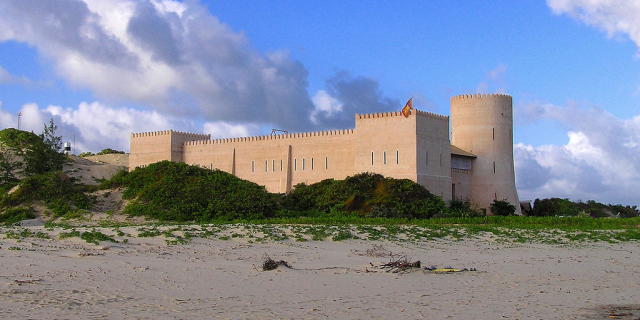



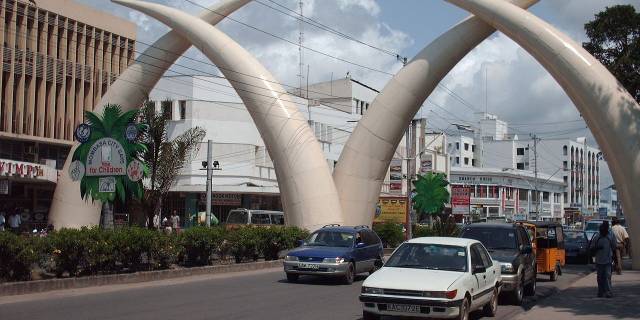

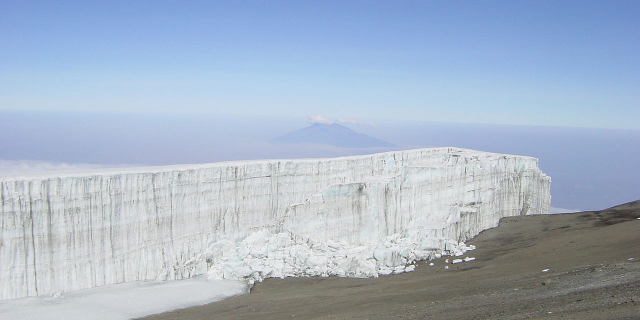


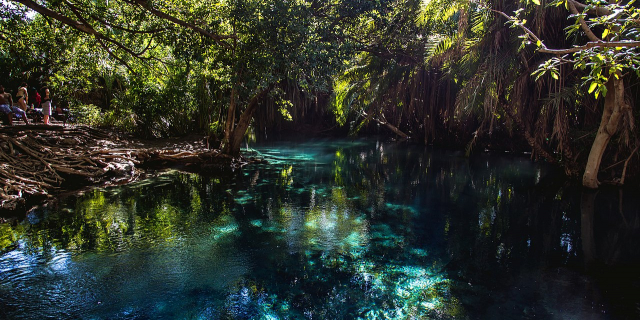

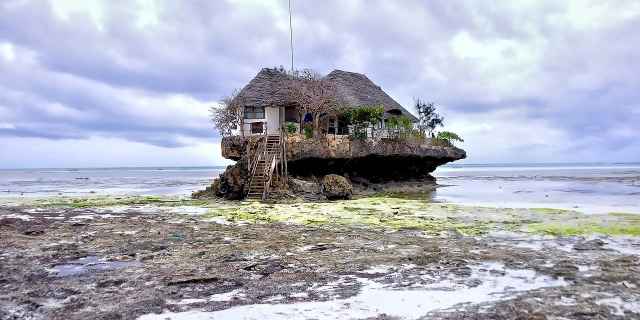

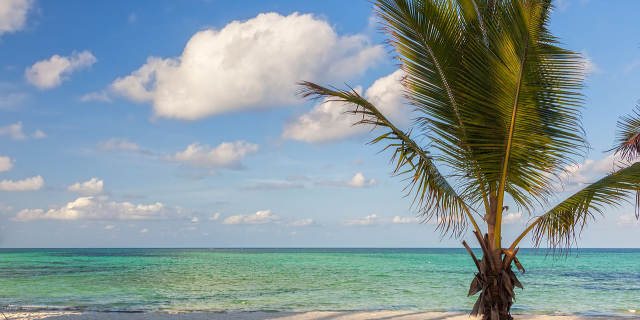
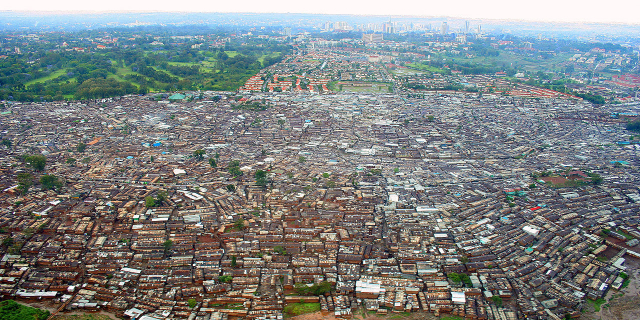

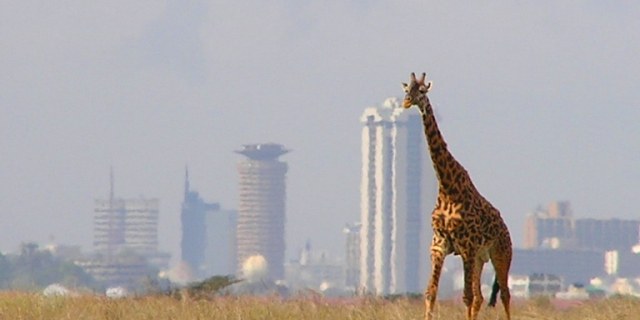

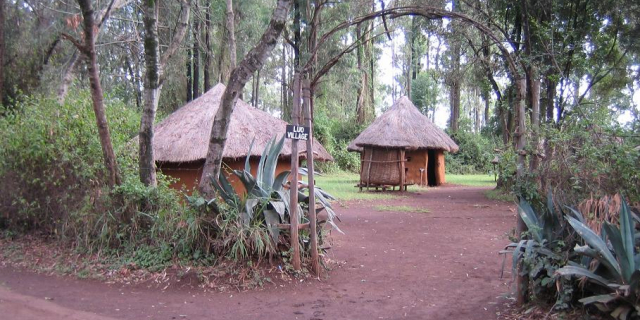


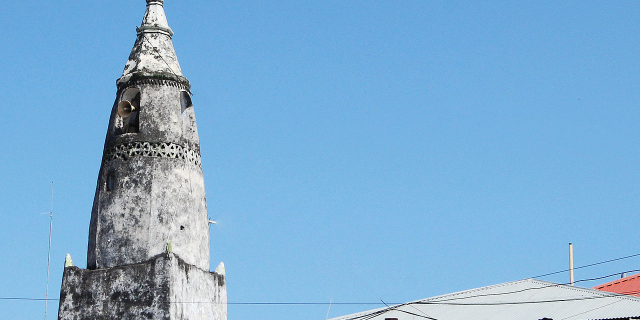



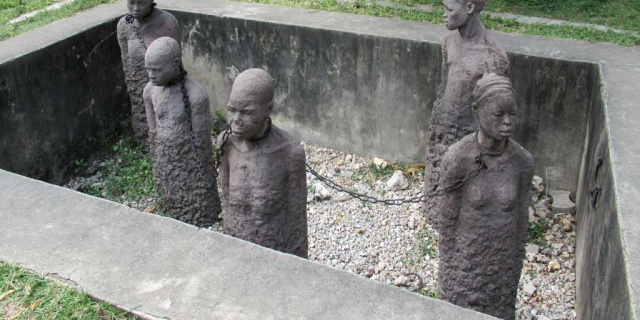



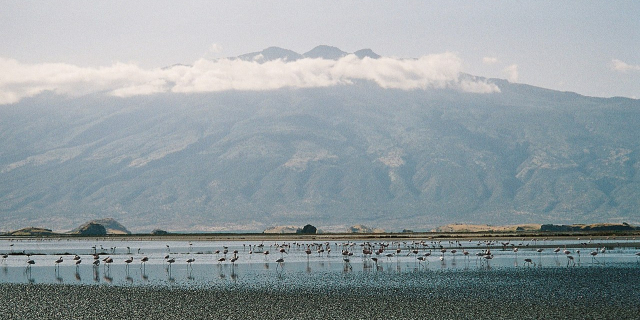

Add new comment